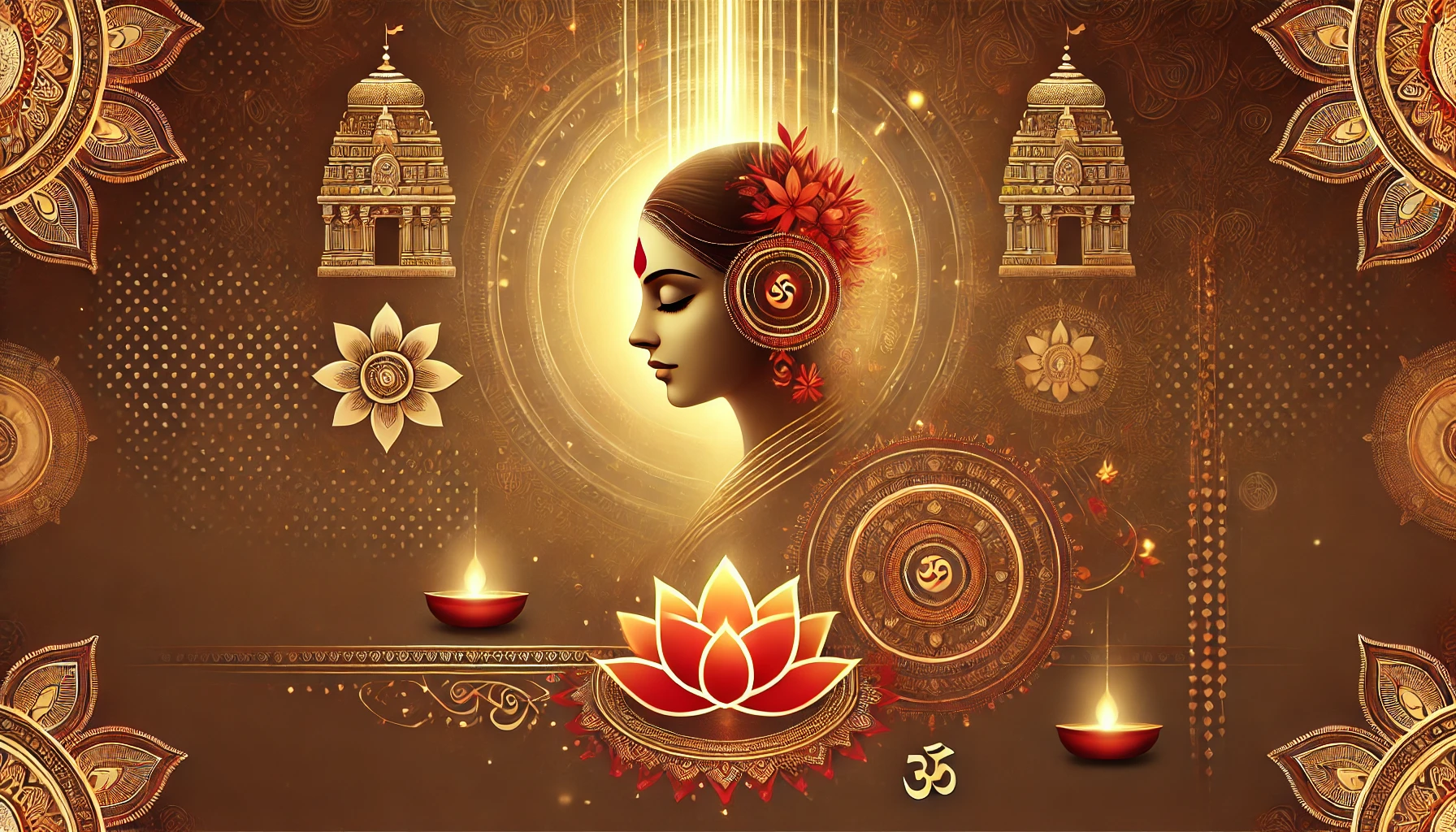Discover the spiritual and scientific significance of applying tilak or bindi in Hinduism. Learn how this ancient practice enhances focus, boosts immunity, and connects individuals to divine energy through ritual and tradition.

In the vast cultural landscape of Hinduism, the practice of applying tilak or bindi is deeply personal, connecting individuals to their spiritual roots and heritage. For as long as I can remember, watching my grandparents meticulously apply tilak each morning was a serene reminder of our faith’s richness. To an outsider, this may seem like just another ritual, but to those who understand, it embodies a profound alignment with the cosmos.
Historical and Cultural Context of Tilak and Bindi in Hinduism
The roots of tilak and bindi stretch back to ancient India, nestled within the Vedic traditions of 1500 BCE. My grandfather often narrated stories from the Rigveda where priests and sages marked their foreheads with sacred ash during fire sacrifices (yajnas). Even today, this simple act feels like tapping into a lineage that spans thousands of years.
Bindi, derived from the Sanskrit word “bindu,” represents more than marital status—it embodies the feminine force that sustains the universe. Growing up, I remember my mother explaining how her red bindi symbolized prosperity and served as a silent guardian against negative energies.
To delve deeper into the spiritual roots of Hindu rituals, visit Hindutva Online.
The Spiritual Symbolism of Tilak or Bindi
In Hindu philosophy, the spot between the eyebrows, known as the Ajna Chakra or the third eye, represents intuition and higher consciousness. Applying tilak or bindi at this juncture activates the chakra, allowing the wearer to tap into deeper insight and spiritual clarity.
- Vaishnavite Tilak (Urdhva Pundra): Growing up in a family of Vishnu devotees, the vertical tilak my father applied every morning signified surrender to divine grace.
- Shaivite Tilak (Tripundra): I vividly recall seeing ascetics in temples wear three horizontal lines of sacred ash, a reminder of Shiva’s eternal dance of creation and destruction.
- Kumkum (Red Tilak): The red tilak often felt like a protective embrace during temple visits, invoking the fierce yet compassionate energy of Goddess Durga.
For more insights into sectarian traditions and tilak variations, explore Iskcon.
Scientific Reasoning Behind Applying Tilak or Bindi
What fascinated me the most as I grew older was learning that these spiritual practices have scientific grounding. The spot between the eyebrows aligns with the pineal gland or the “third eye” in scientific terms. This gland regulates hormones, enhancing mental clarity and emotional balance.
Key Scientific Benefits:
- Enhancing Focus: Applying pressure to the Ajna Chakra improves focus, reduces stress, and calms the mind. On exam days, my grandmother would always insist on applying sandalwood tilak to “cool my mind.”
- Antimicrobial Properties: Natural ingredients like kumkum and turmeric have antibacterial properties. I still use turmeric paste occasionally for skin ailments, a remedy passed down through generations.
- Immunity Boost: I remember reading a study by the National Institute of Ayurveda (NIA) which highlighted how sandalwood tilak helps reduce inflammation and strengthens immunity. You can explore more about this at NIA India.
The Ritual Process – A Step-by-Step Guide
In our home, applying tilak or bindi is part of a morning ritual that begins with bathing, followed by prayers and meditation. The process is simple yet deliberate, symbolizing the purification of the body and mind before invoking divine energy.
- Preparation: Select pure sandalwood paste, turmeric, or kumkum.
- Application: Use the ring finger or thumb to gently press and draw the tilak from the bridge of the nose upwards.
- Intention: As you apply the tilak, silently recite a mantra or prayer to focus your thoughts and invite divine blessings.
This ritual instills a sense of peace, preparing one for the day ahead with clarity and resolve.
The Psychological and Emotional Impact of Tilak or Bindi
Applying tilak has always felt like a sacred pause—a moment to reconnect with my inner self. The simple act of standing in front of the mirror and tracing the mark on my forehead centers me, much like a daily affirmation. This practice stimulates the brain’s reticular activating system (RAS), enhancing self-awareness.
In times of uncertainty, applying tilak becomes a grounding exercise, providing comfort and assurance that divine energies guide us.
Cultural Variations and Modern Adaptations
Today, I see my nieces wearing decorative bindis not as religious symbols, but as fashionable accessories. While times have changed, the essence remains. Festivals like Diwali, Navaratri, and Janmashtami still see the entire family applying tilak, symbolizing divine blessings and protection.
In urban settings, even non-religious individuals wear bindis, embracing them as emblems of cultural identity and pride.
Health Benefits of Ingredients Used in Tilak or Bindi
- Sandalwood: Known for its cooling properties, sandalwood reduces skin inflammation, alleviates headaches, and improves concentration.
- Turmeric (Haldi): A powerful antiseptic, turmeric protects against infections and boosts skin health.
- Kumkum (Red Powder): Traditionally made from turmeric and lime, kumkum enhances skin texture and carries spiritual significance linked to prosperity.
Learn more about Ayurvedic uses of natural powders at Exotic India.
Scientific Studies Supporting Traditional Practices
Recent studies have demonstrated the scientific basis of applying tilak or bindi. A study published in the International Journal of Yoga found that pressure applied to the forehead during rituals stimulates brain activity and promotes emotional stability. For those interested in exploring more, visit International Journal of Yoga.
Tilak or bindi transcend decorative purposes—they symbolize an eternal link to divine energy. From personal experience, I can attest that this simple ritual anchors you in the present while connecting you to a vast spiritual legacy. By continuing to embrace this timeless tradition, we preserve not only a cultural identity but a holistic practice that nurtures the body, mind, and soul.
Author:
Rajiv Anand – Spiritual Guide & Blogger

